Navigating Agile at Scale
Project managers encounter formidable challenges when implementing Agile at scale, navigating the complexities inherent in managing large teams and multiple projects. From aligning efforts to maintaining consistency and meeting business objectives, the journey towards Agile excellence is strewn with obstacles. In such moments, organizations often turn to robust frameworks like SAFe (Scaled Agile Framework), renowned for its structured approach and global adoption. SAFe serves as a beacon of guidance, offering actionable insights and best practices drawn from real-world experiences and industry standards. Join us as we embark on a journey into SAFe, unraveling its intricacies and offering practical strategies for effective Agile implementation at scale.
At its core, SAFe embodies the principles of Lean thinking, Agile development, and DevOps integration, culminating in a comprehensive framework designed to foster business agility. Within the SAFe ecosystem, roles are meticulously defined, with each playing a pivotal part in driving Agile adoption. From the Release Train Engineer (RTE) steering Agile Release Train processes to the Product Owner (PO) championing customer-centricity, and the Scrum Master orchestrating ceremonies, SAFe ensures a seamless orchestration of Agile principles across teams. Moreover, the involvement of Product Management, System Architects/Engineers, and DevOps further reinforces the collaborative spirit intrinsic to SAFe’s philosophy.
Ceremonies within SAFe, reminiscent of their Scrum counterparts, serve as pillars of collaboration and progress. Whether it’s the strategic planning facilitated by Program Increment (PI) Planning or the daily synchronization fostered by Daily Standups, each ceremony contributes to the cohesive execution of Agile principles. Likewise, SAFe’s emphasis on continuous improvement is epitomized in rituals such as the System Demo and the Inspect and Adapt (I&A) Workshop, where teams reflect, refine, and evolve iteratively.
Implementing SAFe follows a strategic top-down approach, underscored by executive sponsorship and leadership alignment. Organizations undergo comprehensive SAFe training and coaching to instill Agile principles, roles, and ceremonies across teams. Agile Release Trains (ARTs) are established, comprising cross-functional teams aligned to deliver value within Program Increments. For example, let's consider Hospital ABC, a healthcare pioneer leveraging SAFe to streamline the development of its Healthcare Management Systems (HMS). Through ARTs dedicated to various HMS modules, the organization commits to delivering features enhancing patient care, data accuracy, and billing efficiency. Collaborative rituals such as Daily Standups and System Demos ensure a harmonious fusion of Agile practices with organizational objectives, culminating in successful system demonstrations and positive stakeholder feedback.
To ensure successful SAFe implementation, organizations must embrace key best practices. Organizational alignment, customization, and strong leadership support emerge as critical success factors in this transformative journey. Alignment of objectives, fostering a culture of continuous improvement, and transparent communication serve as cornerstones of Agile excellence within the SAFe framework.
SAFe stands as a beacon of hope for organizations striving to scale Agile practices and achieve business agility. By prioritizing organizational alignment, nurturing a culture of continuous improvement, and embracing Agile principles, SAFe paves the way for sustained success and adaptability in a rapidly evolving business landscape.
Beyond the fundamentals, SAFe offers a plethora of configurations tailored to diverse organizational needs, from Essential SAFe to Large Solution SAFe and Full SAFe. These configurations, complemented by key performance metrics and comprehensive implementation roadmaps, provide organizations with the tools necessary to navigate the intricacies of Agile transformation successfully.
SAFe stands as a beacon of guidance for organizations navigating the challenges of Agile at scale. Its structured approach, rooted in Lean and Agile principles, fosters business agility through meticulous role definition and collaborative ceremonies. Executive sponsorship and leadership alignment drive successful implementation, supported by comprehensive training and coaching. By embracing best practices such as organizational alignment and strong leadership support, SAFe becomes a catalyst for organizational evolution, driving excellence and innovation in the landscape of project management.
